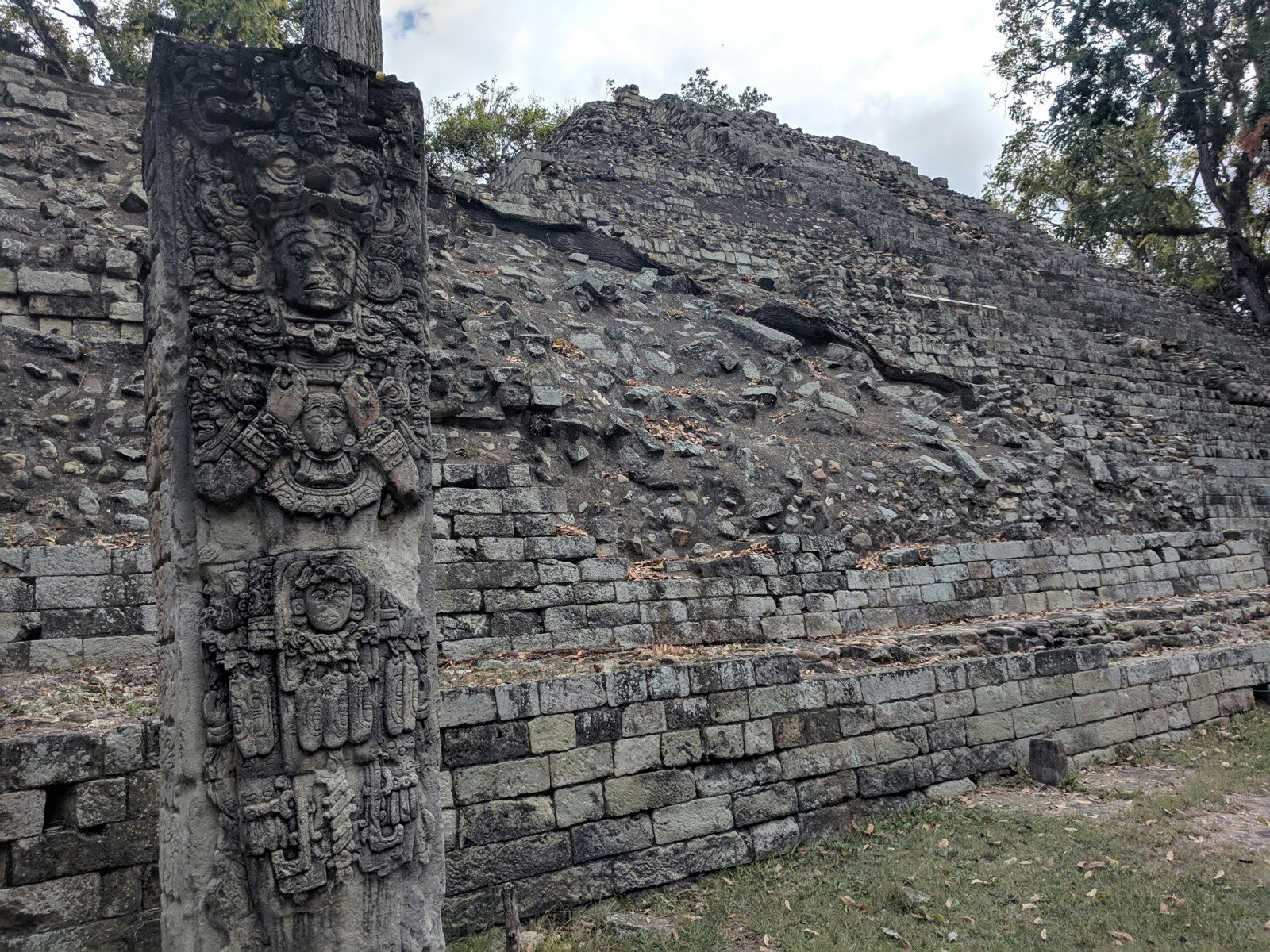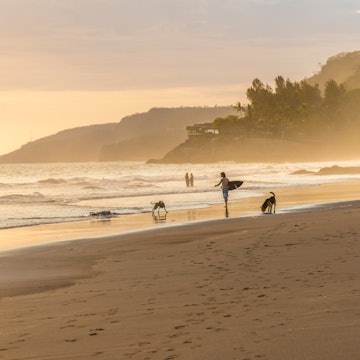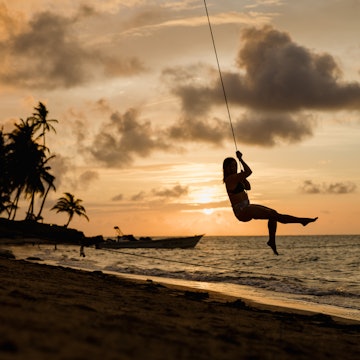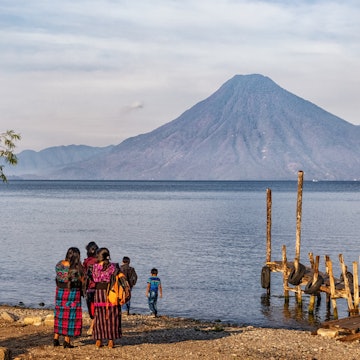

The roads in Honduras are for everyone. People, dogs, vendors, three-wheel scooters and way at the bottom of the food chain – cars. They are a place of constant activity where at a traffic light one can purchase a bag of fruit and something to wash it down with.
Road tripping through the western part of the country not only offers a glimpse of Honduras’ lush mountainous terrain, but also into the lives of a people often kept at arm's length. Highways CA-5 and CA-11 are your yellow-brick road and extend as far south as the capital city of Tegucigalpa and way out west to the Copán Ruins.

Gracias, a town where everything has a history
About a four-hour drive from the Ramon Villeda airport is the town of Gracias. A place where nothing goes to waste. Every building, cobblestoned street or baroque church in use today has a story steeped in the town’s history. It’s best to hire a local guide who can explain the historic significance of a school you may casually walk by.
The typical starting point for tours is in the town’s central park. There you’ll find a statue in honor of the country’s first great champion – Lempira – who fought Spanish invaders. Not only is Lempira's image featured on the country’s smallest denomination note, but all of Honduran currency bears his name.
Before leaving town, make time for a quick stop to Envasados y dulces Lorendiana. The popular store is filled with rows and rows of jars stuffed with baby corn, carrots, chilis and a host of other vegetables. There’s also jams and homemade soaps. Head towards the back of the store for some frozen ice treats which come in a variety of flavors such as cookies and cream, chocolate, mango and leche.
Gracias' hottest attraction lies a few miles outside of town. The Arcilaca hot springs is a peaceful place where Honduran families go. There are four pools of varying degrees, with the hottest spring reaching 104 degrees Fahrenheit (40C). The setup is pretty bare bones, but the bathroom and changing areas are clean.

Stopping to smell the coffee at Seis Valle
About an hour north from Gracias is the town of Santa Rosa de Copán. It’s a bustling area in comparison to Gracias. But before you hit those seemingly impossible narrow streets, a stop to Seis Valle, just outside the main city, is a must.
The family-run business grows and processes its own coffee with about 70 percent being exported throughout the country and the United States. The other 30 percent goes to the lovely cafe housed on the property where if you dream it, the attentive staff can make it.
Tours of the grounds highlight the fascinating transition of the blood-colored berry to a deep brown dry bean. Watch out, you’ll likely be put to work.

Roasting perfection at La casa de Doňa Olimpia
There’s a painting of Doňa Olimpia that hangs on a wall above a few colorful ceramic trinkets and assorted plants. The tables and the chairs are carved from old trees and the drink menu includes three options – beer, soda (always go for the hometown Copán Dry) or water. The four generations of Doňa Olimpia’s family running things know why people walk through their doors (or place orders from as far out as Tegucigalpa during Christmas) in Santa Rosa – the roast pig at La casa de Doňa Olimpia is simply the best.
Tender and crunchy after hours of slow cooking in the family’s wood-burning fire ovens, the meat is served simply with fresh tortillas and a bowl of beans. During the holidays, Honduran families will pay upwards to $160USD for a whole pig and the restaurant ships anywhere in the country.
Yes, it’s that good.
Where there is smoke, there are cigars
Learn the intricate process that goes into cigar making by visiting the La Flor de Copán Cigar Factory located in Santa Rosa de Copán. During the group tours (10am & 2pm; $3), visitors will get to see and touch dried tobacco leaves, learn about the stark differences of each cigar and its unique flavor and later, purchase the finished product. Even non-smokers would find the tour interesting. Be sure to call ahead to make a reservation, and you'll need to wear closed-toe shoes, long sleeves and trousers. A hair net and goggles will be provided once the tour begins.

Sensing the magic at Macaw Mountain
Nearly two-and-a-half hours west of Santa Rosa lies Copán Ruinas. The natural inclination is to head straight to the world-renowned Mayan ruins to spend the day. But a better plan is the visit Macaw Mountain first. This bird park and nature reserve is home to more than 30 species of birds including scarlet macaws (Honduras' national bird), parakeets, toucans, parrots and vultures. Many of the inhabitants were rescued from the illegal bird trade or brought in from owners who could no longer care for them.
The main goal of the park is to rehabilitate the birds and to ultimately release those that are native to the area back into the environment. Incredibly knowledgeable guides are on hand to lead visitors around the natural enclosure, introducing them to the birds and sharing their stories. The biggest moment for the park came in 2011 when they were able to re-introduce a scarlet macaw population to the Mayan ruins. With this knowledge in mind, seeing the colorful, though not exactly melodious birds, soaring over the same historic grounds as their ancestors centuries ago makes an exploration of the Copán Ruinas an even more magical experience.
Ready for another road trip?
The eastern section on Honduras, dotted with national parks, lakes, Caribbean coast, botanical gardens, beaches and seaside cities, is full of many more Central American road trip rewards.
Alicia Johnson visited Honduras with support from the Honduran Tourism Board. Lonely Planet contributors don't accept freebies in exchange for positive coverage.














